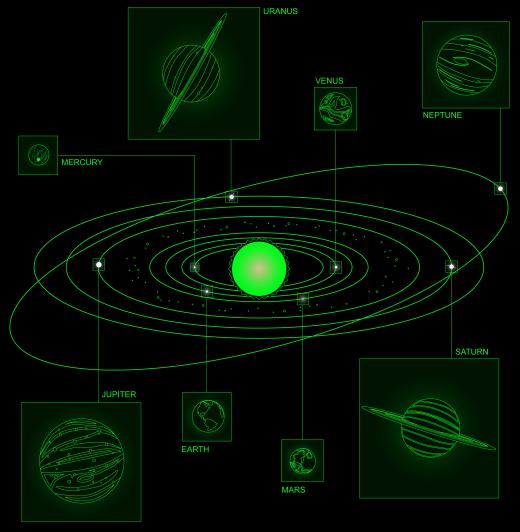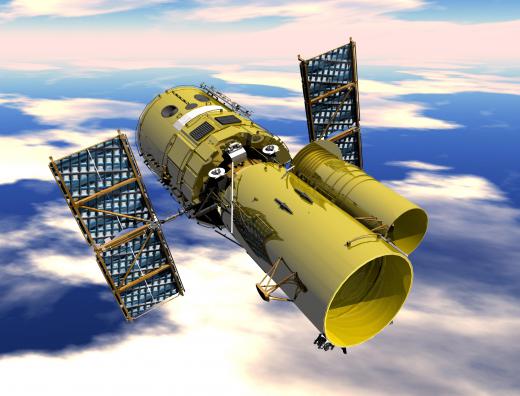What is Ceres?
 Michael Anissimov
Michael Anissimov
Ceres is a dwarf planet and the largest body in the asteroid belt between Mars and Jupiter. Its dimensions are 975×909 km, making it about a quarter the size of the Moon. Ceres orbits at 3 AU from the Sun. Its mean surface temperature is approximately ~167 K (-159 °F), although at high noon its temperature may rise to 235 K (about -38°C). Ceres likely has a tenuous atmosphere accompanied by surface frost.
When it was discovered by the Italian astronomer Giuseppe Piazzi on 1 January, 1801, Ceres was considered a planet, but in 1850 the astronomical community reclassified it as an asteroid. This designation persisted for over 150 years, until 2006 when it was reclassified as a dwarf planet by the International Astronomical Union, along with the trans-Neptunian objects Pluto and Eris. Ceres is named after the Roman god of plants.

Ceres is not classified as a true planet because it fails to meet one of the necessary criteria for planets; to have cleared the neighborhood around its orbit. Like Pluto and Eris, Ceres is embedded in an asteroid belt, and has not cleared its local neighborhood. Despite its dwarf planet status, Ceres makes up about a third of the mass in the asteroid belt. Along with the three largest nearby asteroids, 4 Vesta, 2 Pallas, and 10 Hygiea, Ceres makes up half the total mass of the belt.

Powerful telescope images of Ceres fail to provide high resolution, and mysterious changes in features have been observed on Ceres over the years. A dark spot observed in 1995 with the Hubble Space Telescope was named "Piazzi," but subsequent observations with the higher-resolution Keck Telescope found no trace of it. Hubble images from 2003 and 2004 show an enigmatic white spot, the nature of which is unknown. The white spot may be a reflective ice patch.

No space probes have yet visited Ceres. On 27 September 2007, NASA launched its Dawn Mission, which will explore the asteroid 4 Vesta in 2011 before arriving at Ceres in 2015. After a year of orbiting it will move progressively closer, from 5,900 km to 700 km from Ceres' surface.
AS FEATURED ON:
AS FEATURED ON:














Discussion Comments
thanks! i got what i wanted!
Post your comments